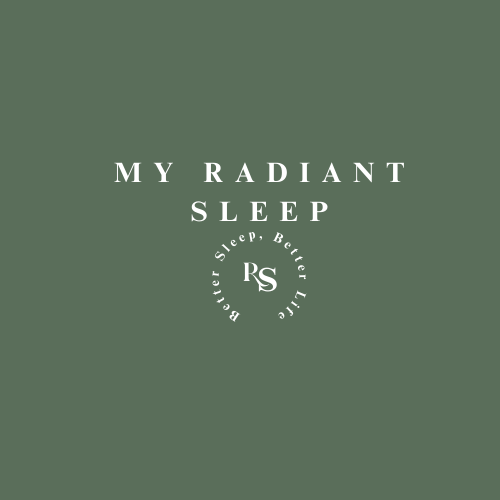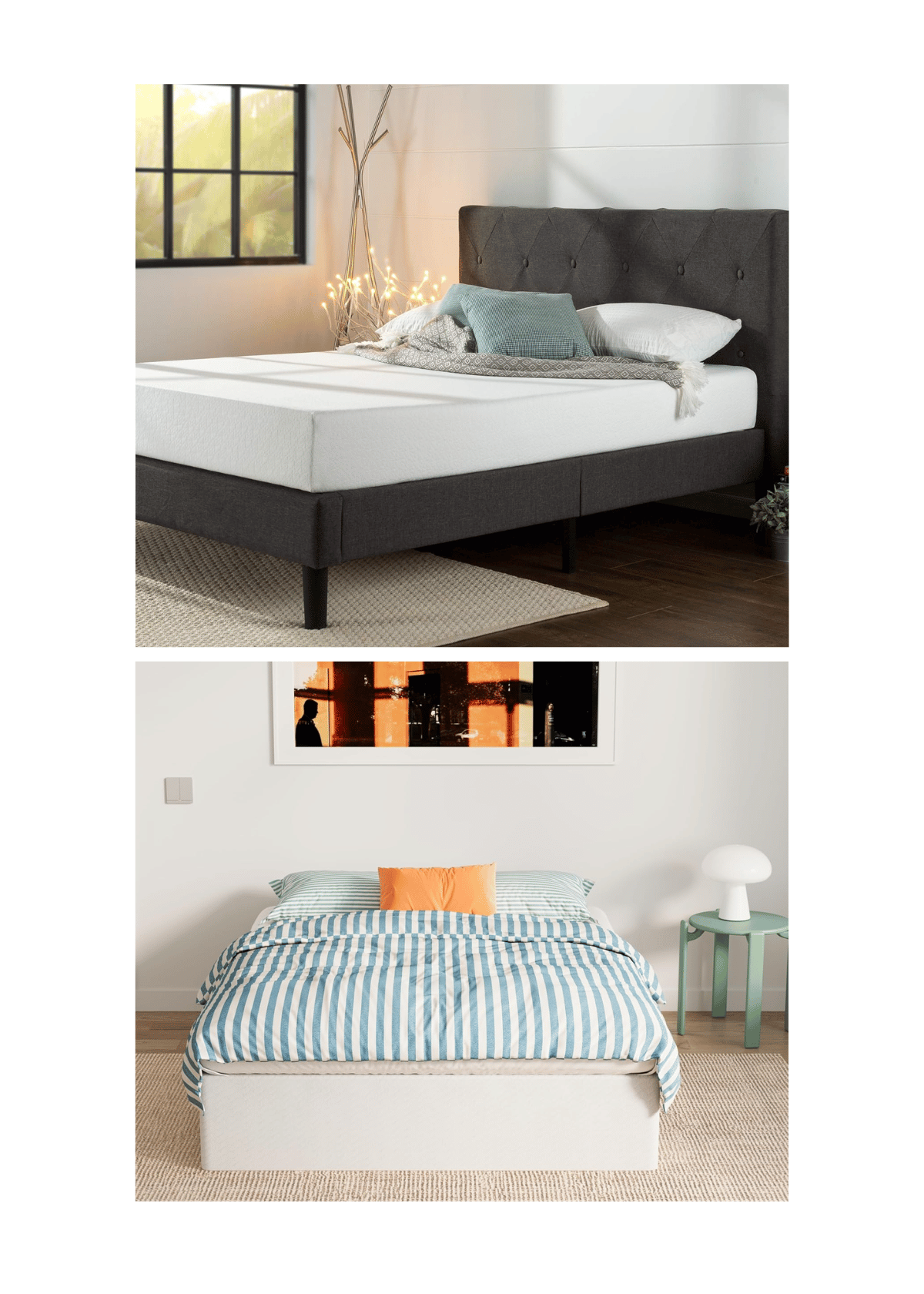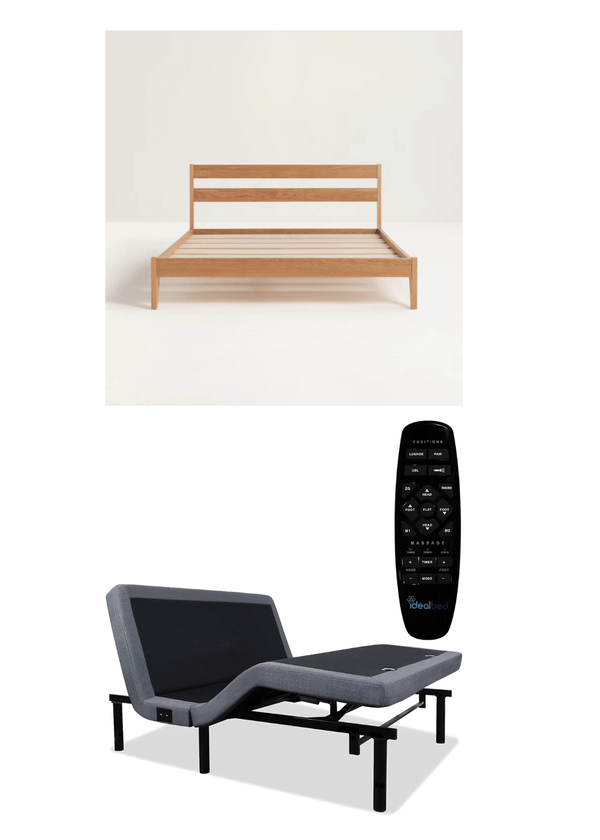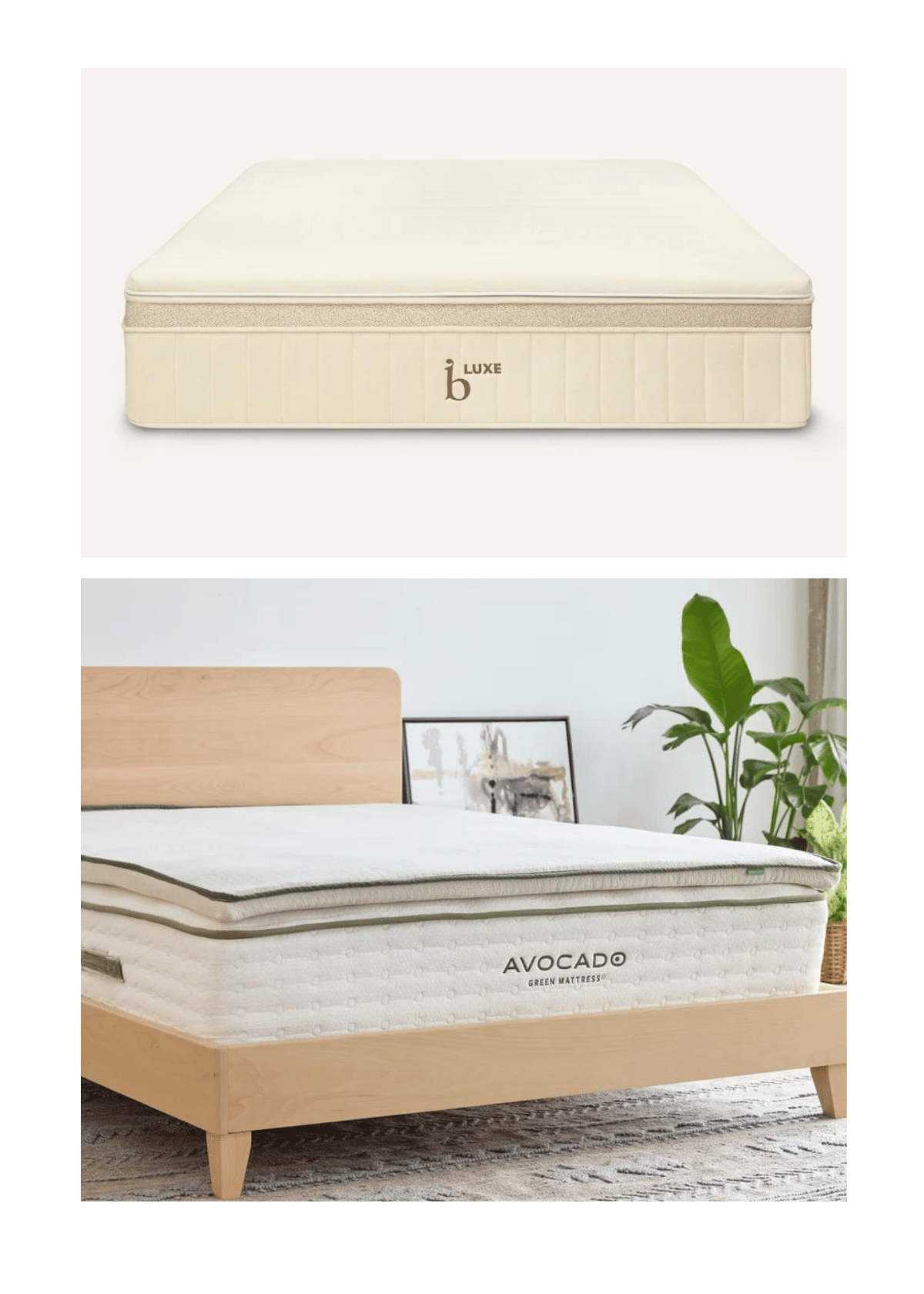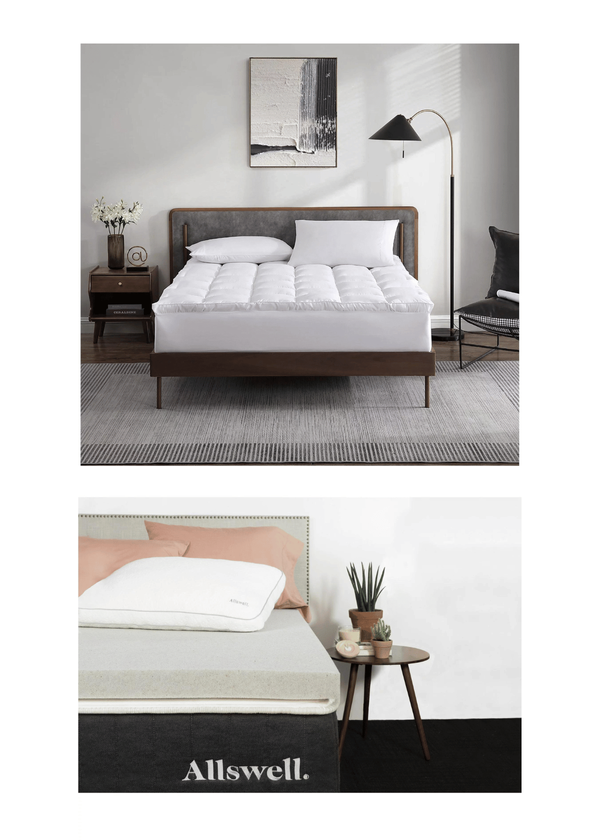(Last Update: 03/10/2025)
Are you struggling to get a good night's sleep? Do you wake up feeling tired and groggy? If so, your mattress may be the culprit.
The right mattress can make a big difference in your sleep quality. A good mattress provides the comfort and support you need to sleep soundly all night.
This blog post will discuss the three key pillars of a good mattress: comfort, support, and temperature regulation.
By the end of this blog post, you will be inspired to take action and learn more about the three key pillars of a good mattress and how to choose the right mattress for you; read our blog post.
👍 Pillar 1:
Comfort and Support- A Priority for Restful Sleep
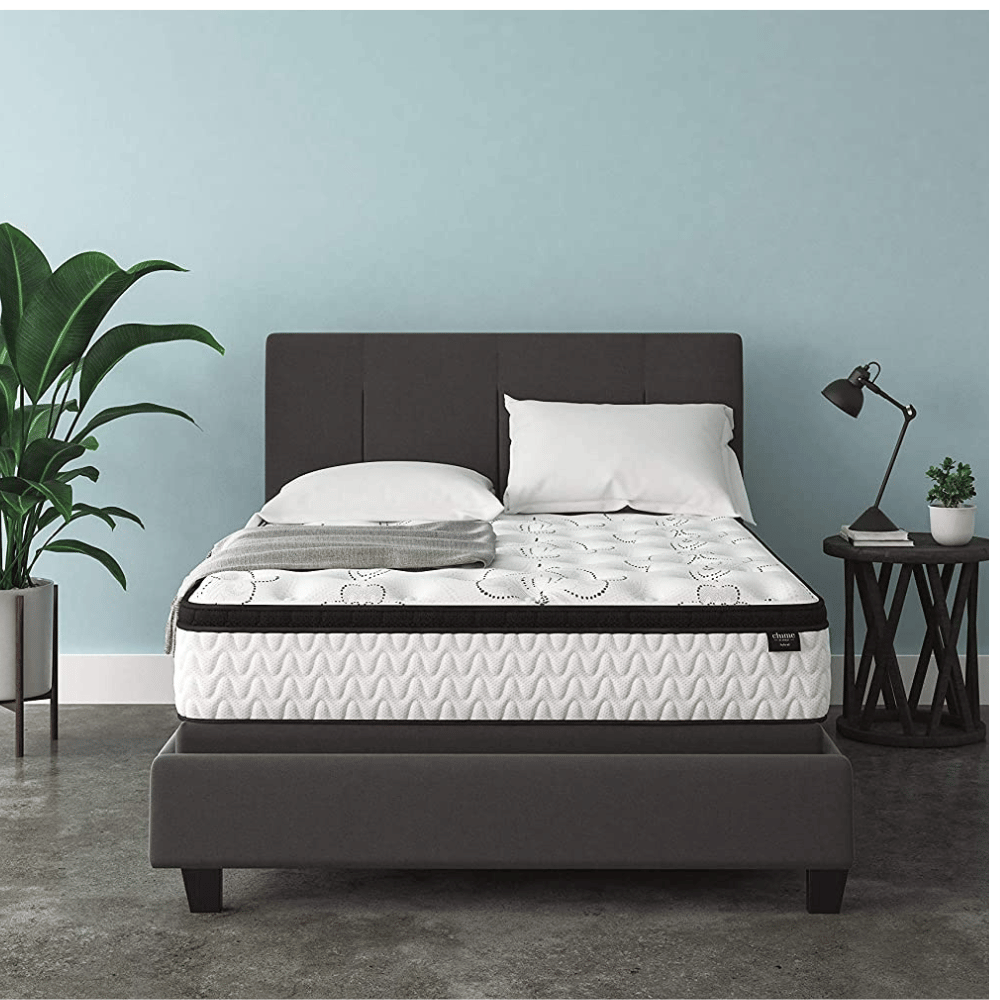
Good mattress support can help your immune system and blood pressure by preventing poor circulation, leading to inflammation and stress. Roman Bolton and colleagues state that mattress support significantly affects "sleeping position and low-back pain."
1.1 Heart Rate and Brain in Healthy Sleep
Good mattress support can help your immune system and blood pressure by preventing poor circulation, leading to inflammation and stress. Roman Bolton and colleagues state that mattress support significantly affects "sleeping position and low-back pain."
A mattress support board is a sturdy, flat surface placed under a mattress to enhance support, prevent sagging, and improve durability.
Heart Rate and Brain in Healthy Sleep
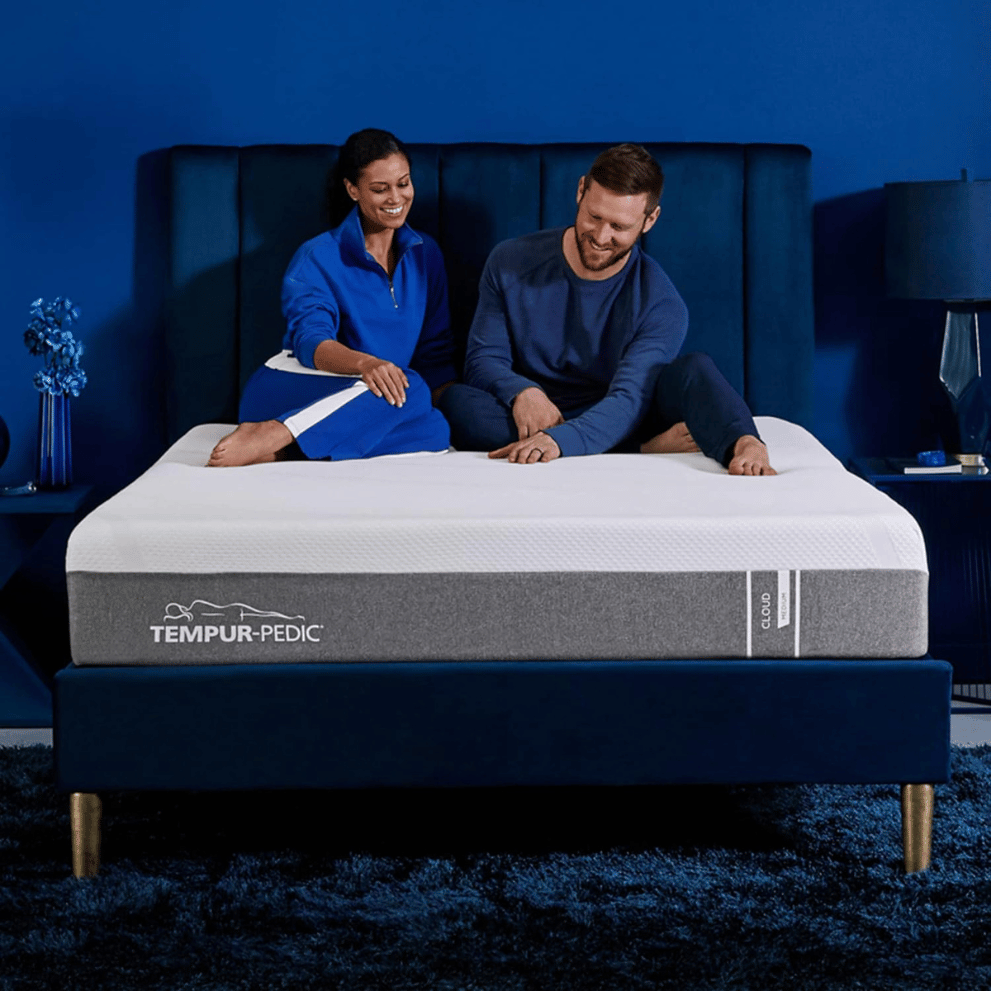
When achieving restful sleep for adults and children, comfort is king. It can also help your circadian rhythm and nervous system by promoting deep sleep.
The cushioning cradles your body, relieving pressure points and creating an environment conducive to deep relaxation, rest, and health. However, comfort can vary from person to person based on personal preferences, mood, and health.
Blue light emitted from electronic devices can disrupt your sleep by suppressing the production of melatonin, a hormone that helps regulate your sleep-wake cycle. Electronic devices in your bedroom the hour before bedtime can create bad conditions for good sleep.
A healthy heart rate and brain are two pillars of good sleep. Research shows that alcohol and eating hours to bedtime can lead to disrupted sleep patterns, increased appetite, and difficulty falling asleep. By following healthy sleep strategies such as establishing a regular sleep routine, avoiding alcohol and caffeine before sleeping, and creating a relaxing bedtime environment, you can improve the rate of your heart, health, and restful sleep.
1.2 Choosing the Right Mattress Comfort Levels for Optimum Support
Understanding Sleep Habits
Understanding your sleep habits is essential when choosing the right mattress. The mattress you select significantly influences various sleep parameters, such as duration and patterns.
Each person's sleep requirements are unique, and a mattress that suits your specific habits can drastically improve your sleep quality.
A mattress's firmness and support level are not just a matter of comfort but also affect how well you sleep at night. A mattress that aligns with your sleeping style can enhance sleep efficiency and contribute to overall well-being.
Key Factors in Choosing a Comfortable Mattress
- Sleeping Position Matters:
- Side Sleepers: Generally, side sleepers benefit from mattresses with more cushioning. This extra padding helps align the spine properly by accommodating the shoulders and hips.
- Back and Stomach Sleepers: These sleepers usually need a firmer surface to support the spine. A mattress that is too soft may cause back and stomach sleepers to experience spinal misalignment.
- Consider Your Body Weight:
- Heavier Individuals: Firmer mattresses are often preferable for those with a heavier body weight. This prevents excessive sinking into the mattress, which can lead to back pain and discomfort.
- Lighter Individuals: A softer mattress might be more suitable for lighter sleepers, providing adequate support without being too firm.
- Personal Preference and Comfort:
- Your personal preference plays a crucial role. Some people prefer the solid, stable feel of a firm mattress with minimal sink, while others might opt for a plush mattress that cradles the body.
Sensation and Support:
A bed's comfort level is determined by the sensation it offers when you lie down. This sensation is crucial for ensuring a restful night.
Firm mattresses, known for providing a solid and stable feel with a little sink, are ideal for those who need extra support. On the other hand, plush mattresses, which gently cradle the body, are preferred by those who enjoy a softer, more enveloping feel.
Choosing the right mattress for optimum comfort and support involves balancing these factors.
Testing different mattresses and paying attention to how your body feels is essential. Remember, the right mattress can transform your sleep experience, improving your health and vitality.
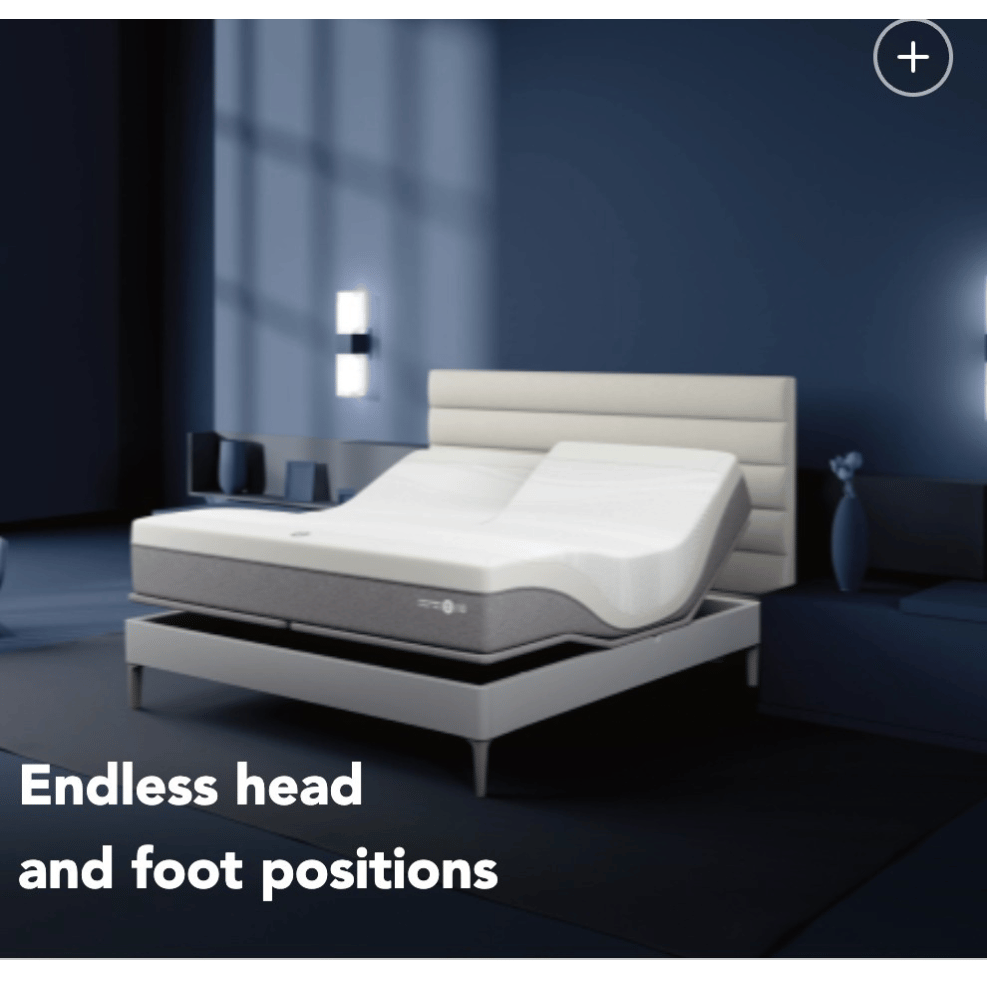
👍 Pillar 2:
Support - A Necessity for Quality Sleep
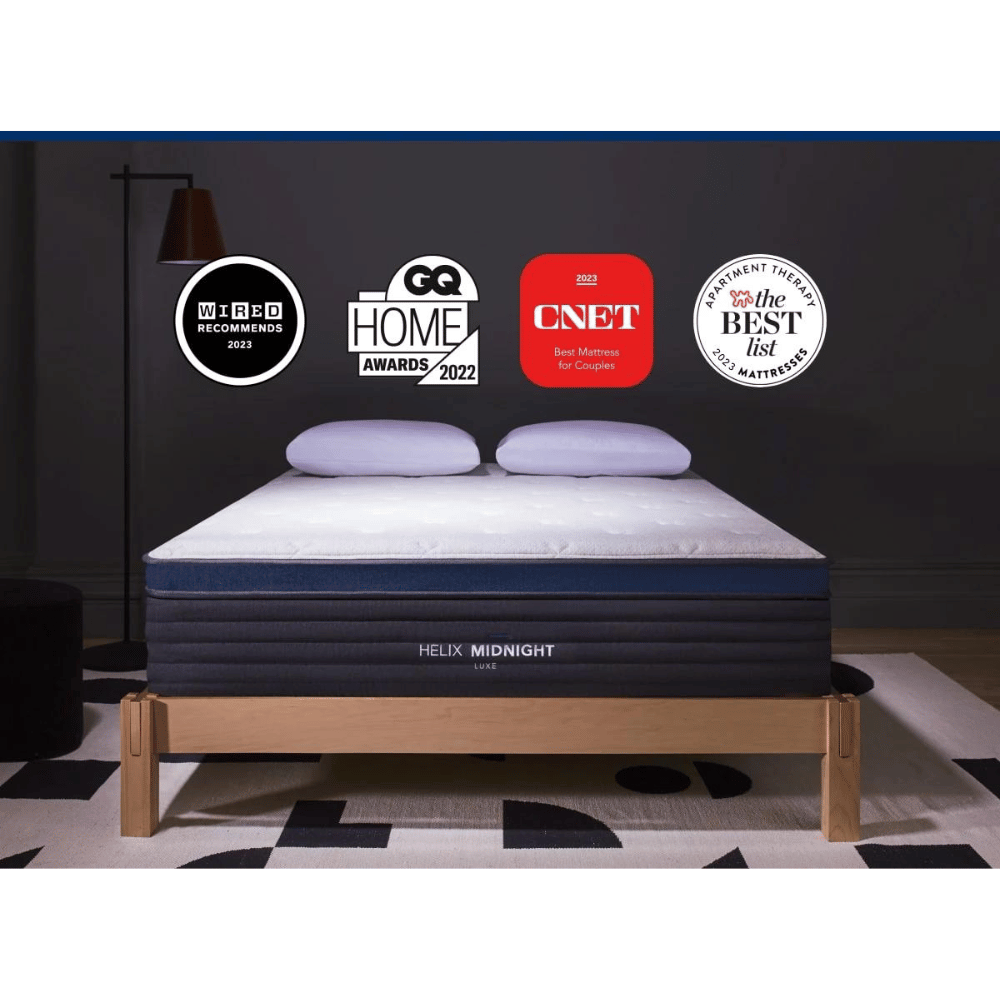
2.1 Selecting a Mattress for Perfect Support
According to Francisco M Kovacs and colleagues, mattress firmness greatly impacts back discomfort, affecting sleep quality.
As such, lighter individuals and side sleepers usually need a softer bed to ensure their shoulders and hips can relax and sink enough to keep the spine aligned. Heavier people and back or stomach sleepers generally need a firmer bed for a great night's rest.
Soft mattresses can significantly improve side sleepers' sleep quality by providing proper spinal alignment, crucial for restful sleeping hours. They adapt to the body's contours, ensuring comfort throughout the night.
2.2 The Wonder of Memory Foam Mattresses
The type of mattress also plays a role. For instance, memory foam is renowned for its excellent conforming ability, providing tailored support to your shape. Memory foam mattresses adapt to body contours, ensuring comfort. Memory foam's pressure-relieving qualities reduce discomfort, while its durable memory foam structure maintains longevity.
With their various coil types and arrangements, innerspring mattresses can offer robust resilience and benefits for good spinal alignment.
Combining innerspring and memory foam layers, hybrid mattresses often balance conforming ability and sturdiness.
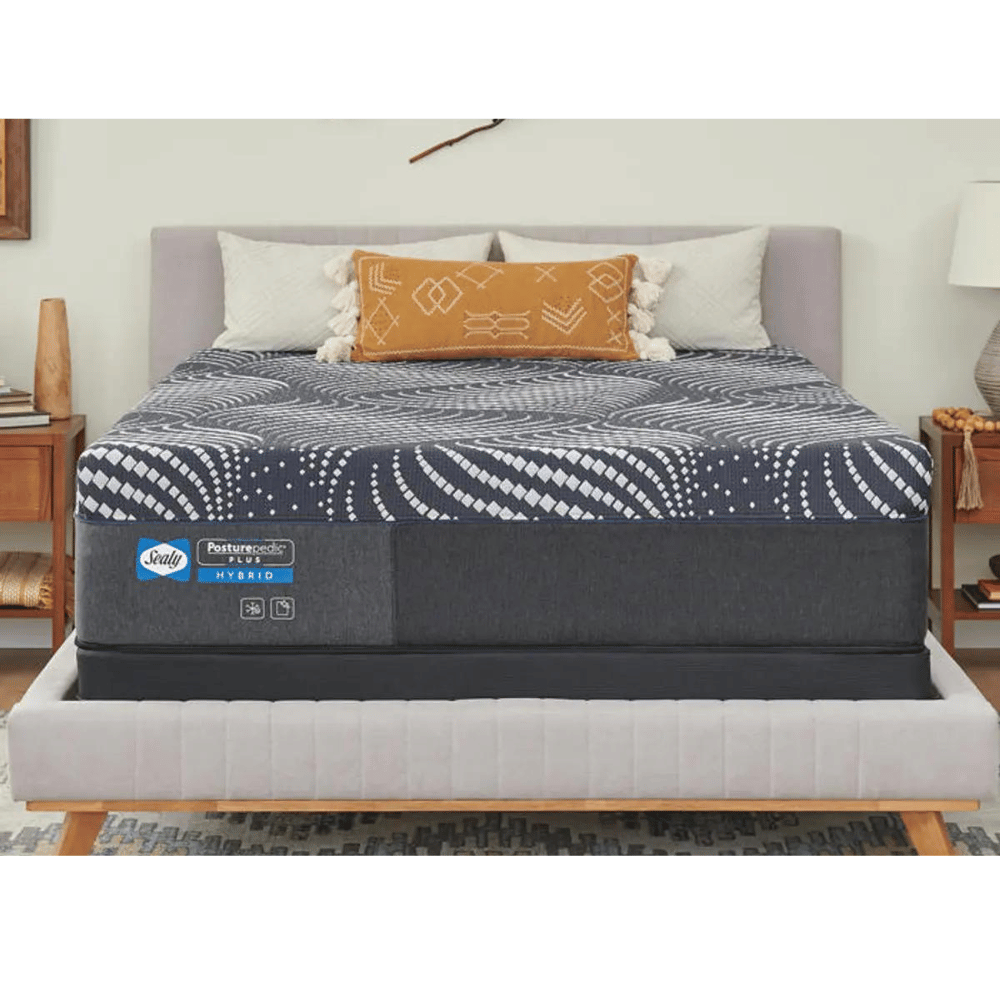
👍 Pillar 3:
Temperature Regulation
(Key to Fall Asleep Faster and Stay Asleep)
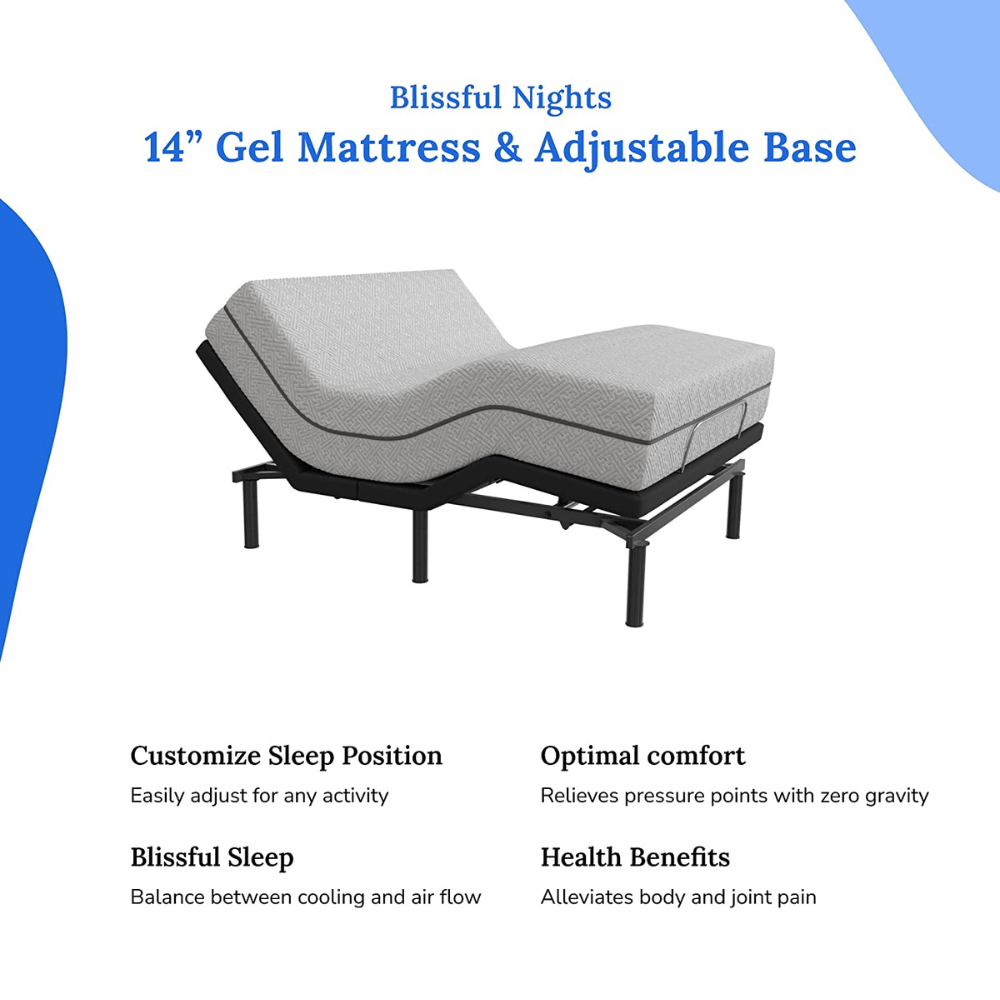
3.1 How Mattresses Affect Sleep Temperature
Your mattress plays a pivotal role in determining your sleep temperature. Some mattress materials, like traditional memory foam, are known to retain heat, causing you to wake from sleep hot.
Others, like latex or innerspring mattresses, naturally allow for more airflow and, thus, provide a cooler sleep surface.
Latex mattresses are known for their resilience and comfort, contributing to a better night's sleep. Their natural elasticity supports the body evenly, reducing pressure points. Latex mattresses also offer excellent breathability, keeping sleepers cool. Moreover, they are durable, ensuring consistent sleep quality over time.
Moreover, modern mattresses often come with specialized cooling technologies. These include gel-infused memory foam, phase-change materials, and breathable cover fabrics designed to wick and cool away moisture and dissipate heat for a comfortable night.
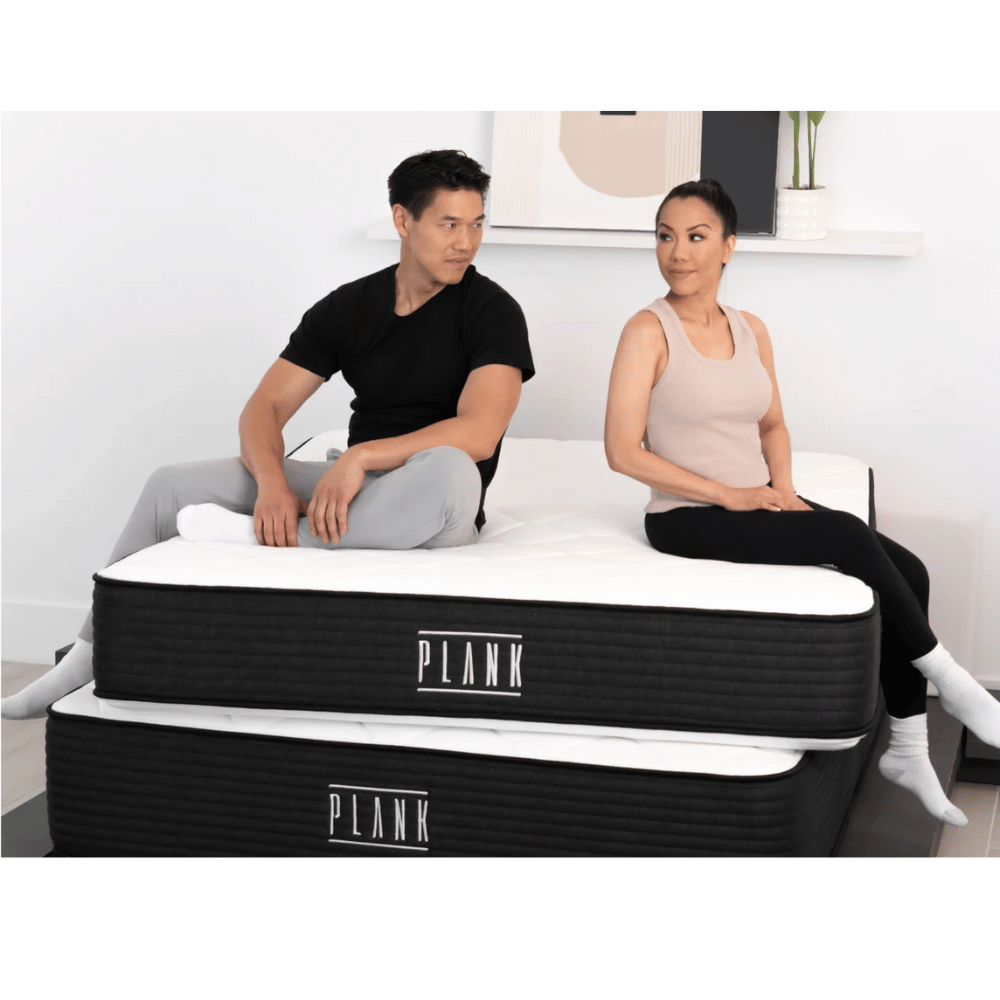
3.2 Importance of Temperature-Regulating Mattresses
Temperature-regulating mattresses are essential for promoting a comfortable, undisturbed night's slumber. A cooler sleep environment is conducive to deeper and more restorative sleep stages. Conversely, overheating at night can cause tossing and turning, sweat-soaked sleep time, awakenings, and poor sleep.
A mattress that minimizes motion transfer can greatly improve sleep, especially for those who share a bed. This feature ensures undisturbed rest, even when one partner moves.
When shopping for a mattress, consider its temperature-regulating properties. By investing in a cool, temperature-regulating bed, you're investing in the quality of your sleep and overall health and well-being.
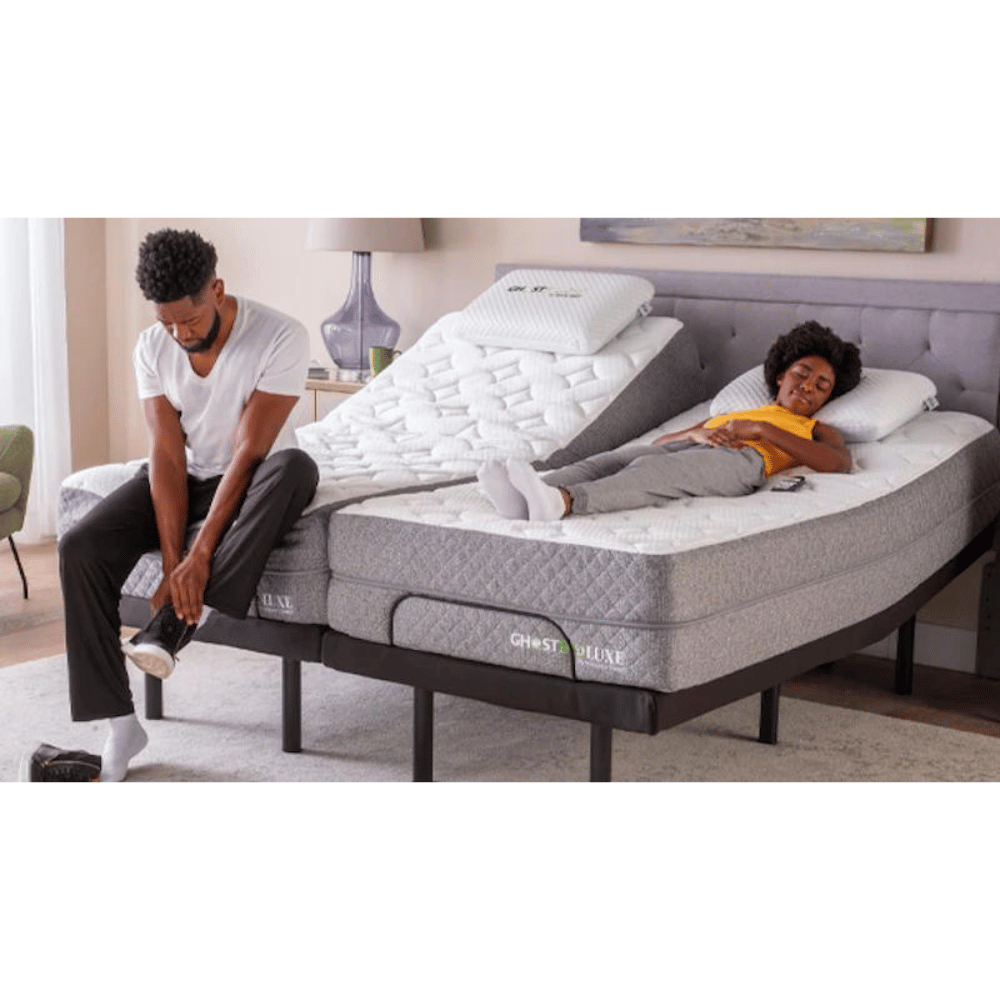
Conclusion:
Achieving a good night's sleep isn't just a dream; it's a reality within reach.
By understanding the three pillars—comfort, temperature regulation—and how they interact with sleeping needs, you can find the perfect mattress to aid your journey toward restful slumber.
Take hours to research and make an informed decision. Remember, your bed isn't just where you sleep; it's a tool that can elevate your overall health, mood, sleep quality, and, in turn, your quality of life.
FAQs
⭐ How can I add support to my mattress?
They are using a mattress topper to increase firmness and comfort. Toppers and pads can also provide added comfort. Bunkie boards or plywood beneath the bed can enhance its rigidity.
⭐ Which support layer is best for a mattress?
The right mattress support layer for a bed often depends on your comfort preference. Coiled springs provide traditional, firm support. Foam or latex layers offer resilience and pressure relief, adapting to your body shape. For back pain sufferers, a firmer base layer can benefit a restful night.
A latex mattress offers durable support and natural comfort, being responsive and breathable. It's ideal for those seeking a firmer, eco-friendly sleep surface with minimal motion transfer. A memory foam mattress contours to the body, providing pressure relief and motion isolation. It's excellent for personalized support and reducing joint stress but can retain more heat than latex.
⭐ How do you put support on a sagging mattress?
A sagging mattress requires adding support. Placing plywood or wood slats between the mattress and box spring can help. If the bed continues to sag, consider purchasing a new one.
References
Bolton, R., Hulshof, H., Daanen, H.A.M., et al. "Effects of mattress support on sleeping position and low-back pain." Sleep Science Practice 6, 3 (2022). < https://doi.org/10.1186/s41606-022-00073-x >.
Kovacs FM, Abraira V, Peña A, Martín-Rodríguez JG, Sánchez-Vera M, Ferrer E, Ruano D, Guillén P, Gestoso M, Muriel A, Zamora J. Effect of firmness of mattress on chronic non-specific low-back pain: randomized, double-blind, controlled, multicentre trial. Lancet. 2003;362(9396):1599–604.
